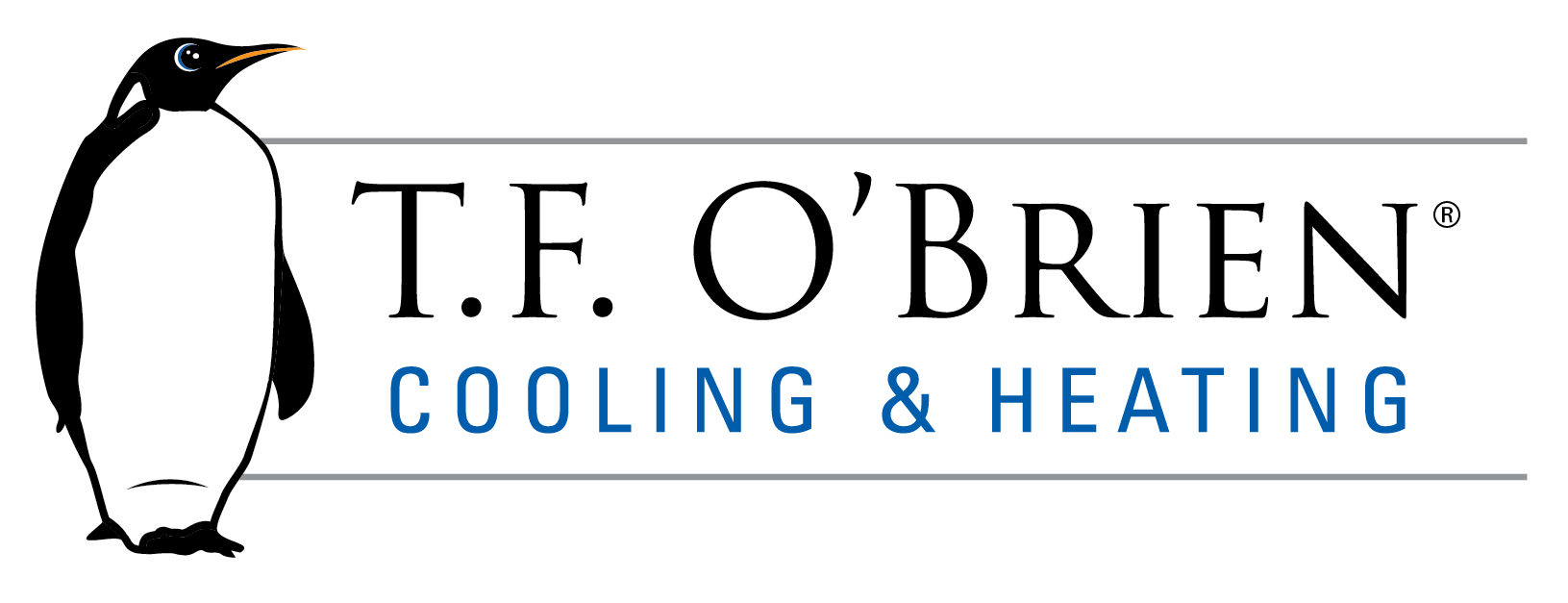If your heating and cooling system uses disposable filters, make a point of checking your home’s air filters monthly, and replace them at least every three months, especially during heavy usage periods in the winter and summer. Your furnace, central air conditioner, and/or heat pumps all rely on air filters to keep their systems, and the air in your home, clean. Your system has to work hard when it tries to pull air through filters that are clogged with dirt and dust. Extremely old or dirty filters can lead to costly repair and replacement, so it’s worth a little upfront maintenance to prevent lots of time and trouble later. By replacing your air filters, you will improve your equipment’s efficiency and durability, saving you money both in utility bills and maintenance.
Beyond cost savings, clean air filters are vital for improving indoor air quality, which is often much worse than outdoor air, according to the EPA. Allergens, mold, bacteria, viruses, and dust accumulate and can flourish in your home, but standard air filters help trap particulate and reduce the contaminants in your indoor air. You may also want to consider a high-efficiency air filter, which targets and captures a far broader range of indoor pollutants.
For support checking or replacing your filters, contact T.F. O’Brien. We’re happy to help recommend the best filters for your home’s system, too.
Our goal is to help educate our customers about energy and home comfort issues (specific to HVAC systems). For more information about replacing air filters and other HVAC topics, click here to download our free Home Comfort Resource guide.
